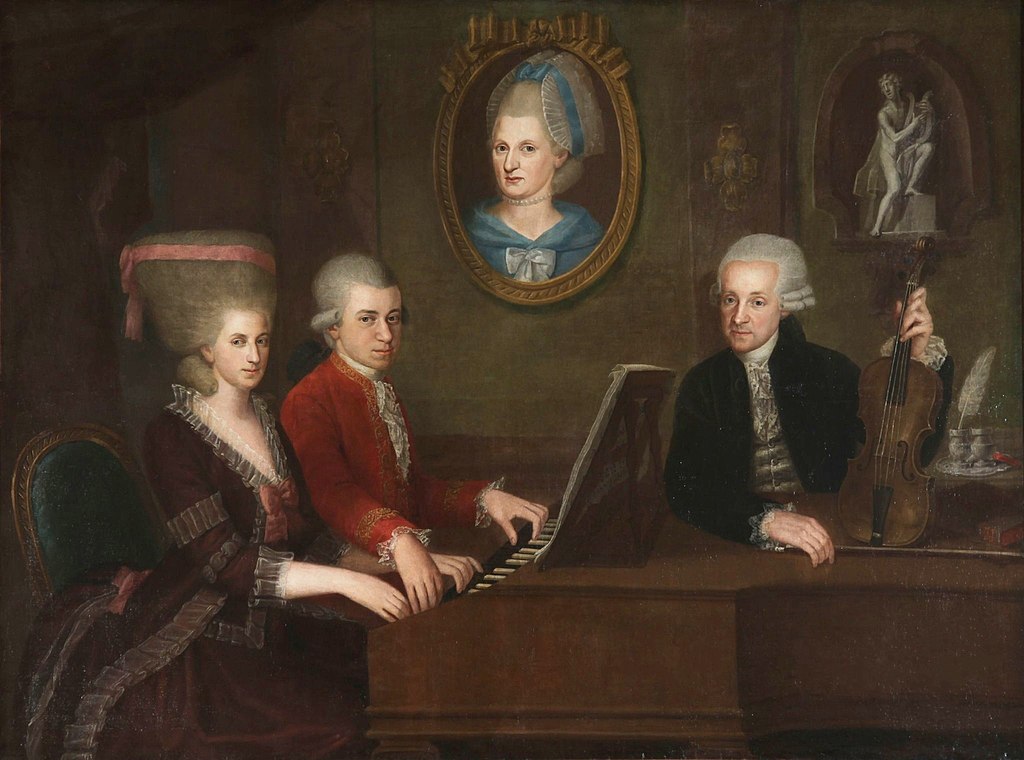Schubert, Fantasy in F Minor
Piano duets and music for piano four hands (the difference being whether there are two pianos or only one) became popular in the late 18th and early 19th century.
Numerous improvements had been made to the first pianofortes invented by Bartolomeo Cristofori (1655-1731). Among them, the keyboard was gradually expanded from the original four octaves. Pianos in Mozart’s time typically had about five and a half octaves. In Schubert’s time, the keyboard expanded to six octaves and then to seven. This extra range provided more room for two players to share one keyboard.
Other improvements gave the piano greater dynamic range and the ability to play more virtuosic passages. And, of course, two players can exploit those improvements as well.
But the impetus for developing the genre owed as much to social developments. It offered an opportunity for two people to sit close to one another when such opportunities weren’t otherwise readily available. Crossing hands was an added bonus.

Mozart was one of the first to write specifically for piano four hands and may have been inspired by playing duets at a young age with his sister Nannerl. But it was Franz Schubert (1798-1827) who really promoted the genre, composing some 30 works for piano four hands. Many of these were lighter works—marches and ländlers. But he also wrote two more serious works: the Divertissement à la hongroise and the Fantasy in F Minor.
Not many original works for piano four hands were composed in succeeding generations, but four-hand arrangements of symphonic works were big sellers. Without recordings, one did not generally hear multiple performances of a particular work. But those works could be brought into the home with piano arrangements, and could be better realized with four hands.



